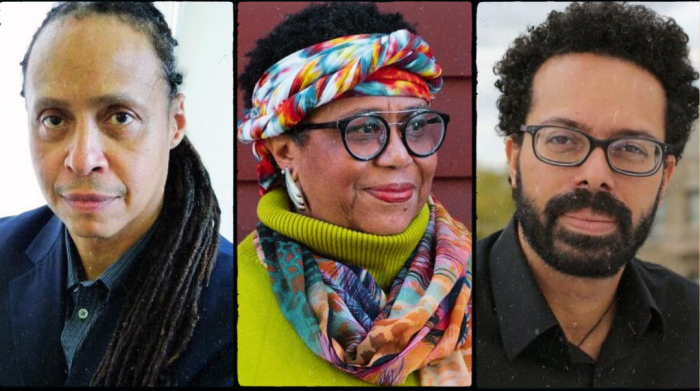Last month, the New York State Health Department reported just five confirmed COVID-19 deaths at Brooklyn’s adult care facilities. New data released last week, however, increased that number 26 times — revealing that the virus killed at least four percent of the borough’s residents in long-term care.
Out of the borough’s 21 assisted living facilities and adult homes — which provide residential services for adults with physical and mental limitations — 18 have seen residents die from COVID-19, with 131 confirmed fatalities in total.
The new tally represents around four percent of all the available beds inside adult care facilities in Brooklyn — meaning that the percentage of residents who died is likely much higher, since the homes were most likely not all at maximum capacity.
The Department of Health quietly uploaded the updated count to its website on Feb. 6 after a judge ruled that the state had to release all nursing home data in response to a Freedom of Information Law request submitted by the Empire Center for Public Policy, an Albany-based think tank.
To comply with the ruling, the state updated its list of COVID-19 deaths at long-term care facilities to include the number of residents who died outside the facility, such as in a local hospital. Previously, the state had only published the number of confirmed and presumed deaths onsite.
The inclusion of out-of-facility fatalities raised the total death toll 63 percent higher than it had been just 10 days before, and particularly boosted the death count at assisted living facilities and adult homes. Unlike nursing homes, these facilities have fewer medical resources, forcing them to send most residents with life-threatening COVID-19 symptoms to the hospital. In Brooklyn, only seven deaths in adult care and assisted living facilities occurred onsite.
Some of the most deaths in Brooklyn come from three assisted living facilities — Amber Court of Brooklyn, a 224-bed facility in Canarsie that saw 19 deaths; Brooklyn Boulevard ALP, a 184-bed facility in Starrett City that saw 18 deaths; and Sunrise at Sheepshead Bay, a 189-bed facility with 16 deaths.
A “controversial” 176-bed assisted living facility in Coney Island, Oceanview Manor Home for Adults, has also seen 14 deaths. The facility’s parent company, Gefen Senior Care, operates four facilities across the state that have reported 49 deaths in total.
A spokesperson for Gefen Senior Care maintains that their facilities followed all of the state’s COVID guidelines.
“We have followed all NYS Department of Health (DOH) guidelines,” Martin Hofman said. “These regulated facilities are subject to 24 hour a day, 365 days a year, seven days a week unannounced NYSDOH inspections.”
The Department of Health published the updated death toll just weeks after Attorney General Letitia James released a report on nursing homes deaths, which revealed that the state had underreported COVID-19 fatalities by up to 50 percent.
But it wasn’t until the judge’s ruling in favor of Empire Center’s Freedom of Information Law request that the death count at each long-term care facility was made public. The authorities’ reluctance to release this data raises questions about the state’s motives, according to the fellow with Empire Center who filed the FOIL request.
“This is obviously public data that they’ve been gathering from the beginning. There’s been this intense interest in it, and people have been asking about it,” senior fellow Bill Hammond told Brooklyn Paper. “I feel like the whole saga has really undermined [the Department of Health’s] credibility in terms of putting them in opposition to everyone who’s been paying attention.”
Health officials also consistently released lower numbers than the facilities themselves, and attacked people for demanding clarity, Hammond explained.
“They picked this fight,” he said.
A top aide for Gov. Andrew Cuomo apparently admitted to lawmakers that the state withheld the numbers out of fear that they would spur a federal investigation, according to a Feb. 11 article by New York Post.
The state’s secrecy could have also stemmed from Cuomo’s controversial March advisory that directed nursing homes to re-admit residents with COVID-19, which some attributed to an uptick in nursing home deaths.
“He has bent over backwards in kind of misleading ways to find statistics that paint the opposite picture that allows him to claim that the state did better than most other states,” Hammond said. “And in order to do that, they really had to twist the statistics out of shape.”
But now, the state’s efforts to artificially lower the death count for optics has created another optic nightmare, Hammond said.
“They brought this on themselves,” he said.
Below is a list of all long-term care facilities where COVID-19 deaths have occurred as of Feb. 10:
Cuomo’s office did not immediately respond to a request for comment.






















